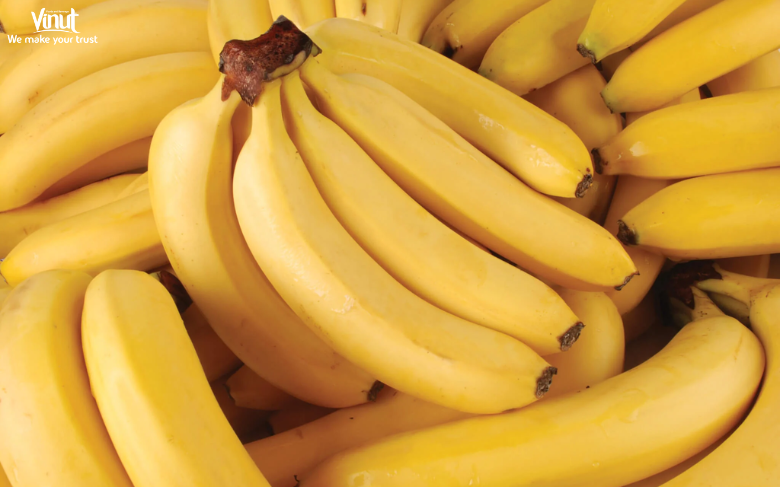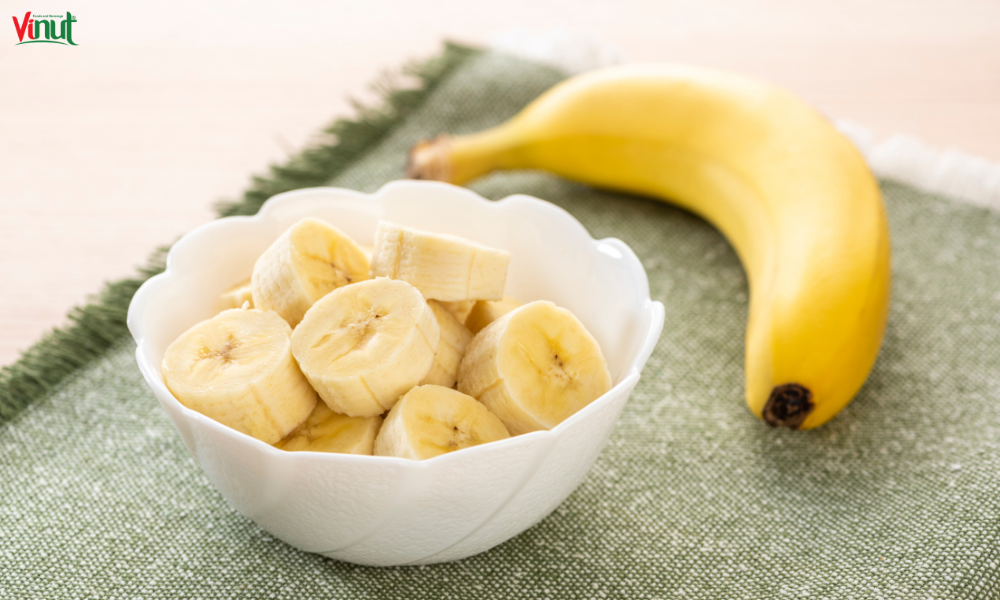The banana is more than just a fruit; it is a global staple, a symbol of cultural significance, and a key player in the global economy. Its journey from tropical forests to breakfast tables around the world is a tale of culinary versatility, agricultural innovation, and economic transformation.
This article explores the history, cultivation, nutritional benefits, and challenges facing the banana industry, shedding light on why this humble fruit has become ubiquitous across the globe.
Bananas are believed to have originated in Southeast Asia and Papua New Guinea, with their cultivation dating back to at least 5000 BCE, and possibly as far back as 8000 BCE. These early fruits were small, with large seeds, quite different from the seedless varieties we consume today. Through centuries of selective breeding, humans developed the larger, seedless bananas that are now a staple food in many parts of the world.
Historical Roots and Global Spread
The spread of bananas from Asia to Africa and eventually to the Americas is a testament to their adaptability and appeal. Arab traders are credited with introducing bananas to the African continent, from where they were transported to the Canary Islands by the Portuguese in the early 15th century. By the 16th century, they made their way to the Caribbean and Central America, regions that are now among the leading exporters of this fruit.

Cultivation and Types
Banana plants are large herbaceous flowering plants belonging to the genus Musa. Contrary to common belief, what appears to be a tree is a large herb, with its fruit produced from the plant’s flowers. There are many varieties of this fruit, but the most widely consumed is the Cavendish, favored for its sweet taste and robustness during transport.

They are cultivated in over 135 countries, primarily in tropical and subtropical regions where the warm, humid climate is ideal for their growth. India, China, and the Philippines are among the top producers, contributing significantly to the global supply.
Nutritional Benefits
They are renowned for their nutritional value. They are an excellent source of vitamin B6, vitamin C, potassium, dietary fiber, and manganese. The high potassium content helps maintain normal blood pressure and heart function, making bananas a heart-healthy choice. Moreover, the fiber content aids in digestion and the natural sugars provide a quick energy boost, making bananas a popular choice among athletes.

Economic Impact
The industry of this fruit plays a crucial role in the economies of many developing countries. For some nations, they are a major export commodity, critical to their economic stability. However, the industry is not without its challenges. The reliance on a single type of banana, the Cavendish, has made the global banana crop vulnerable to diseases such as Panama disease and Black Sigatoka, threatening supply stability.

Furthermore, the industry has been historically marked by issues of labor rights and environmental sustainability. The production of bananas on large-scale plantations has often been associated with poor working conditions, low wages, and significant environmental impact, including deforestation, loss of biodiversity, and pesticide use. Addressing these concerns has become a priority for producers and consumers alike, leading to the rise of fair trade and organic bananas.
Culinary Versatility

Beyond its nutritional and economic significance, the banana’s true allure may lie in its culinary versatility. Eat raw, cooked, or dried, bananas can be a staple food, a dessert, or a snack. In the culinary world, they are used in a multitude of dishes, from breakfast cereals to smoothies, baked goods, and traditional dishes in various cultures. The leaf of this fruit also serves as an eco-friendly packaging material and cooking vessel in many cuisines.
Challenges and the Future
The industry faces significant challenges, from the threat of disease to issues of sustainability and labor rights. Efforts are underway to develop disease-resistant varieties and to promote sustainable practices within the industry. The demand for fair trade and organic bananas is growing, reflecting a shift towards more ethical consumption patterns.
The future may hinge on the balance between maintaining the fruit’s ubiquity and addressing the pressing issues facing its production. But one thing is clear: the banana has cemented its place in our diets and cultures, and its story is far from over.




















